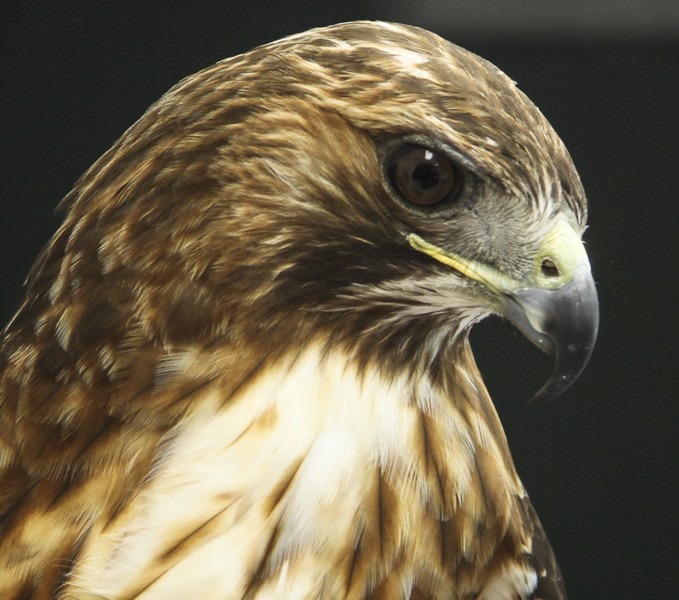The Adopt a Raptor program at Flatrock Brook Nature Center in Englewood, New Jersey allows individuals to symbolically adopt one of the center’s resident birds of prey. By participating in this program, individuals can support the care and feeding of these majestic birds while also learning more about their habitats, behaviors, and conservation efforts.
Participants in the Adopt a Raptor program will receive a personalized adoption certificate, a photo of their adopted bird, and updates on the bird’s well-being throughout the year. The funds raised through this program help to provide food, veterinary care, and enrichment activities for the raptors at Flatrock Brook.
To learn more about the Adopt a Raptor program at Flatrock Brook Nature Center and how to participate, you can visit their website or contact the center directly for more information.
What is The common Raptor Breed in the Erea?
The most common raptor species in the Englewood, New Jersey area, where Flatrock Brook Nature Center is located, include:
- Red-tailed Hawk: These large hawks are commonly seen soaring overhead in open fields, forests, and along highways. They are known for their distinctive red tail feathers.
- Cooper’s Hawk: These medium-sized hawks are often found in wooded areas and suburban neighborhoods where they hunt for small birds and mammals.
- American Kestrel: The smallest falcon in North America, the American Kestrel can often be seen perched on telephone wires or hovering over open fields in search of insects and small rodents.
- Great Horned Owl: These large, powerful owls are nocturnal and can be found in wooded areas, nesting in trees or abandoned nests of other birds.
- Turkey Vulture: While not a traditional raptor, Turkey Vultures are often seen soaring in the sky in search of carrion. They play an important role in the ecosystem by cleaning up dead animals.
These are just a few examples of the raptor species that can be found in the Englewood area. Flatrock Brook Nature Center may have additional information on the specific raptors that reside in their facility.
How to care for a rescued Raptor?
Caring for a rescued raptor requires specialized knowledge, skills, and facilities to ensure the bird’s health and well-being. Here are some general guidelines for caring for a rescued raptor:
- Immediate Assessment: Upon rescuing a raptor, it is important to assess its condition and any injuries it may have sustained. If the bird is injured, it should be taken to a licensed wildlife rehabilitator or veterinarian for treatment.
- Housing: Rescued raptors should be housed in a suitable enclosure that provides enough space for the bird to move around, perch, and exercise. The enclosure should also protect the bird from predators and inclement weather.
- Diet: Raptors have specific dietary requirements based on their species. A rehabilitator or veterinarian can provide guidance on the appropriate diet for the rescued bird, which may include whole prey items such as mice, rats, or chicks.
- Veterinary Care: Regular veterinary check-ups are essential for monitoring the health of a rescued raptor. This may include physical exams, blood tests, and treatments for any injuries or illnesses.
- Enrichment: Providing mental and physical stimulation is important for the well-being of a rescued raptor. Enrichment activities may include providing perches of varying heights, hiding food for the bird to find, and offering toys or objects for the bird to manipulate.
- Release: The ultimate goal of caring for a rescued raptor is to rehabilitate the bird and release it back into the wild. This process should be overseen by a licensed wildlife rehabilitator who can determine when the bird is ready for release.
It is important to note that caring for a rescued raptor should only be done by trained professionals or under the guidance of a licensed wildlife rehabilitator to ensure the bird’s best chance of survival and successful release back into the wild.
